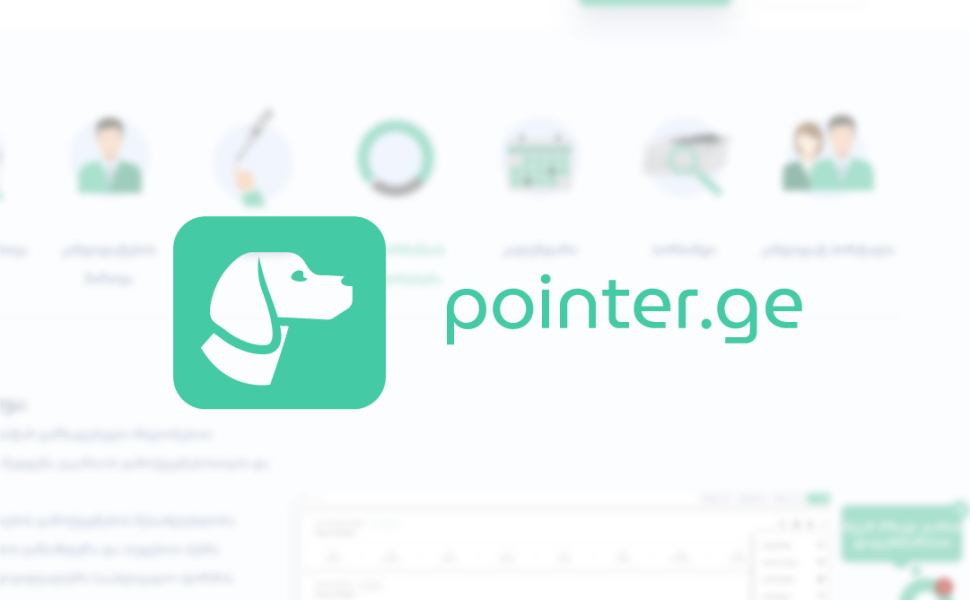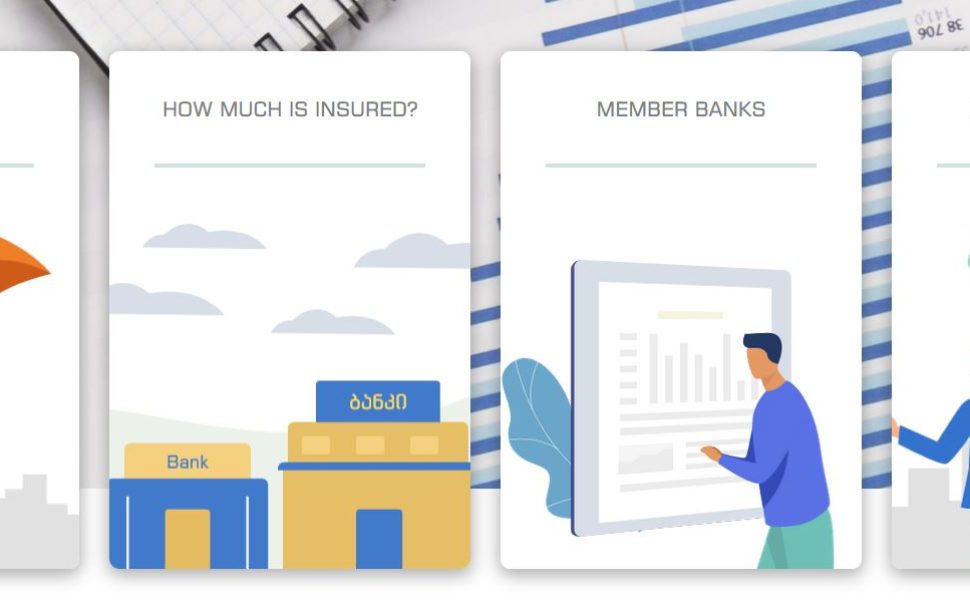

Optimizing your business
At Zencode, our engineers are passionate about solving complex problems quickly and effectively. Empowering our customers’ business growth is our number-one priority, and we use bleeding-edge technology to develop world-class software and provide fantastic customer experiences.
Software
The software that once kept your business running like clockwork
is now holding you back. Here are a few key reasons to consider
software modernization and legacy software migration:
Cost of Maintenance
Inflexibility
Security
Incompatibility
Dissatisfaction
Zencode’s dedicated team of software engineers is well-versed in helping our clients bring their systems up to date by replacing them in a thoughtful, methodical way that’s oriented toward business outcomes, preserves existing data and information, and minimizes blackout time.
Key steps while
replacing a legacy
system
You first need to look at how big the gap is between the tasks your system can complete vs what you need to do now and in the future
You need to consider the software’s real-time capabilities, processing speed, such as mobile devices, or application integration.
Legacy system often have non-existent on insubstantial documentation, no testing, application depending on outdated frameworks, libraries, or technologes and confusing, incosistent code.
It can be tempting to rebuild the system from the ground up, and while this can be hugely benefitial and result in great gains in ROI, it will also require substantial upfront investment.
So how do you decide between a partial and complete rebuild? We can take a look at your system and software.
Zencode’s dedicated team of software engineers is well-versed in helping our clients bring their systems up to date by replacing them in a thoughtful, methodical way that’s oriented toward business outcomes, preserves existing data and information, and minimizes blackout time.
Static code analysis
Static code analysis is the process of debugging by examining source code before a program is run. Code is analyzed against a set (or multiple sets) of coding rules. Then you get a diagnosis report of any violations of these rules based on their severity. This helps you prioritize the most urgent or important tasks.
In general, static code analysis is a good practice even beyond legacy code. It creates the opportunity to identify and eliminate code defects before code is pushed for functional QA, saving a lot of later pain and reducing technical debt. Some examples of static code tools: Code Sonar , Klocwork , CAST , SonarQube
Documentation such as standardizing naming conventions can ensure everyone is on the same page. Research into reviewing refactoring by senior developers at Xerox found a lack of documentation to be one of the biggest challenges.
Documenting your refactoring work leads to a trail of time spent and provides context for future team members.
Documentation and refactoring
Also, document your successes –
what have been the biggest wins from refactoring?
Can these be factored into peer reviews?
Replacing a legacy system with a new one allows the owner to choose any technology with a sufficiently long lifespan. New technologies will provide speed, security, and usability that legacy systems built on old technology cannot achieve. Additionally, creating a modern replacement for a legacy system allows owners to consider any functionality changes and upgrades that weren’t on the table at the time the legacy system was created.
Many of the Georgia’s top companies have chosen Zencode to help them make and deliver innovative products






